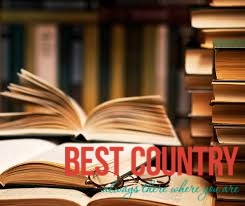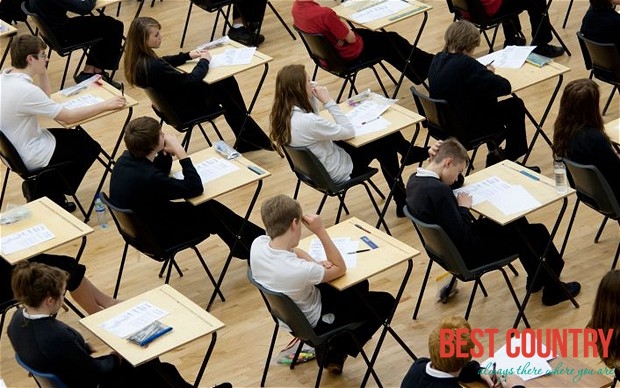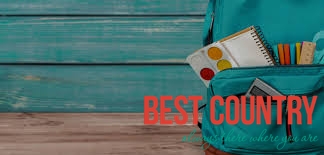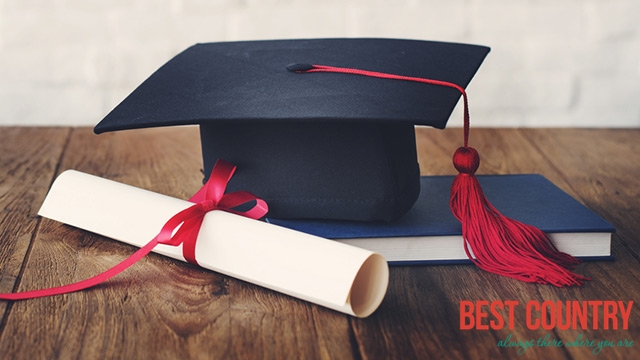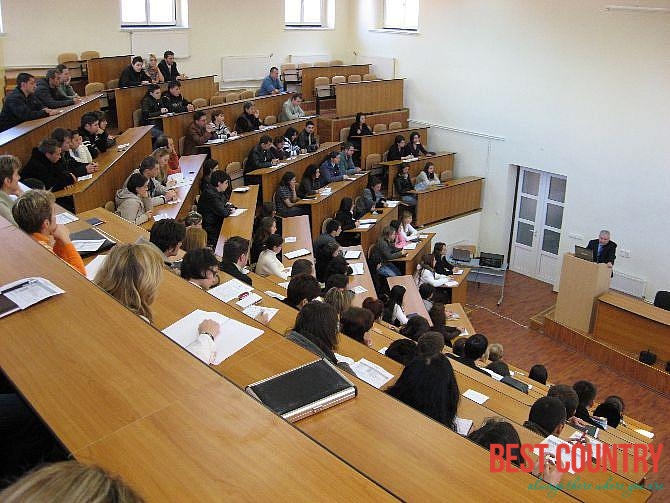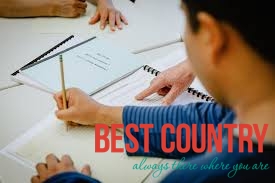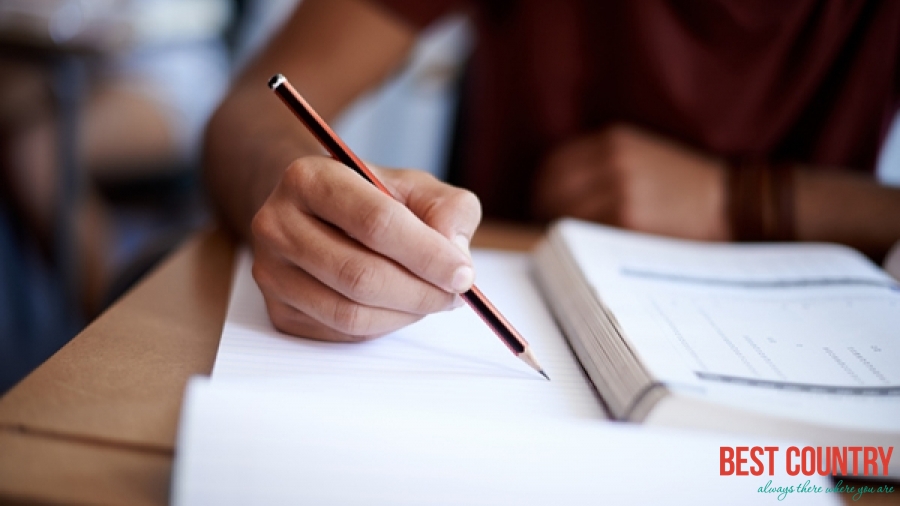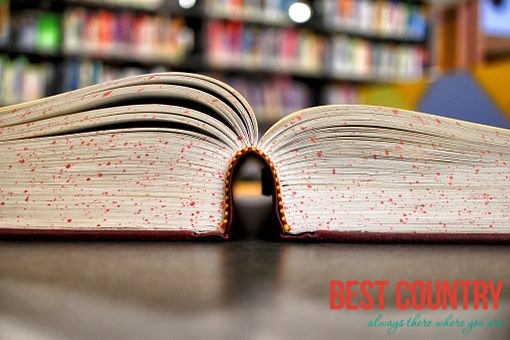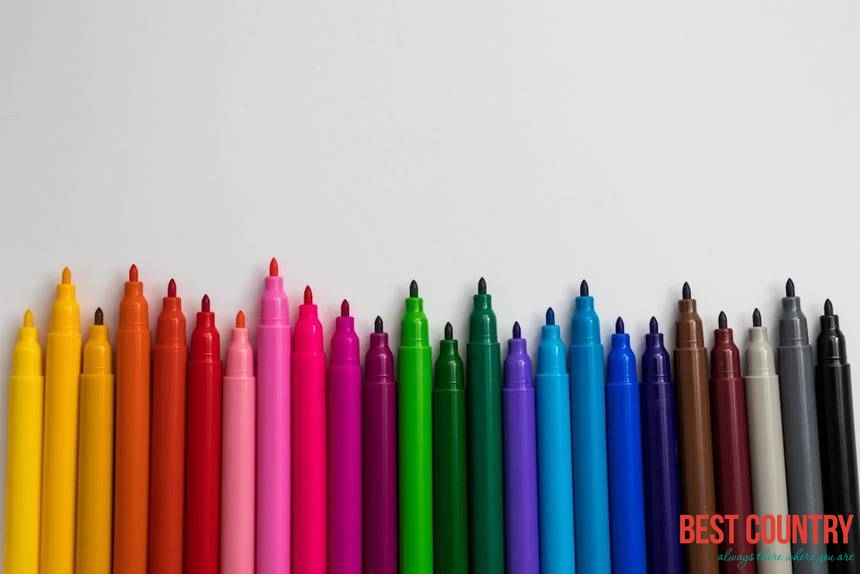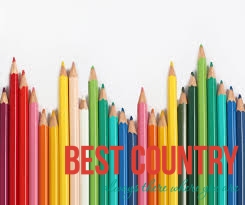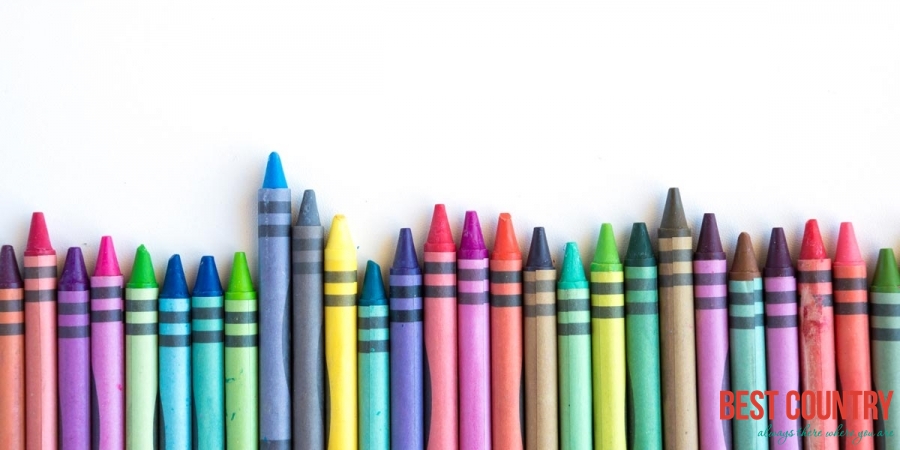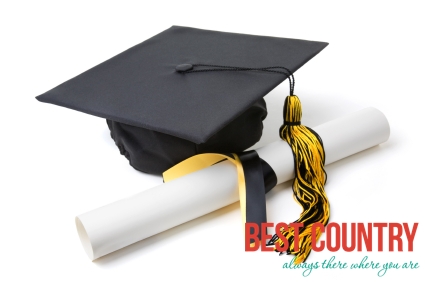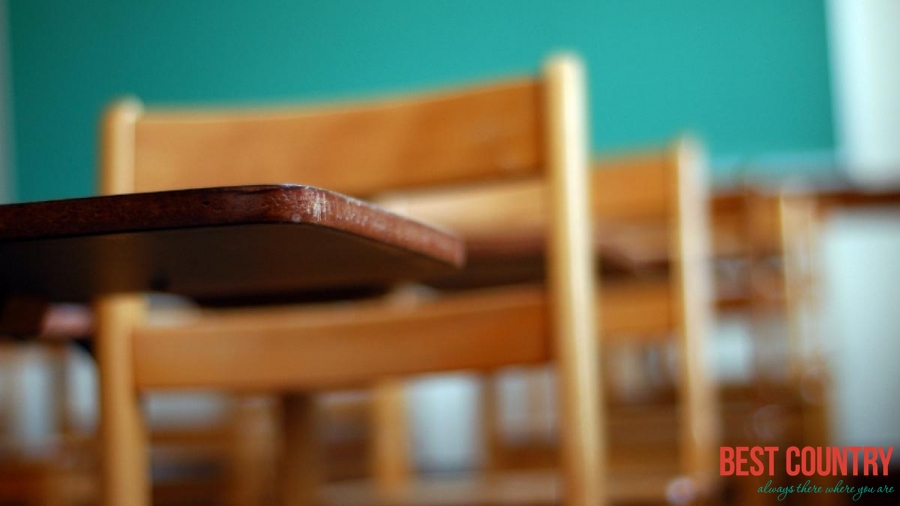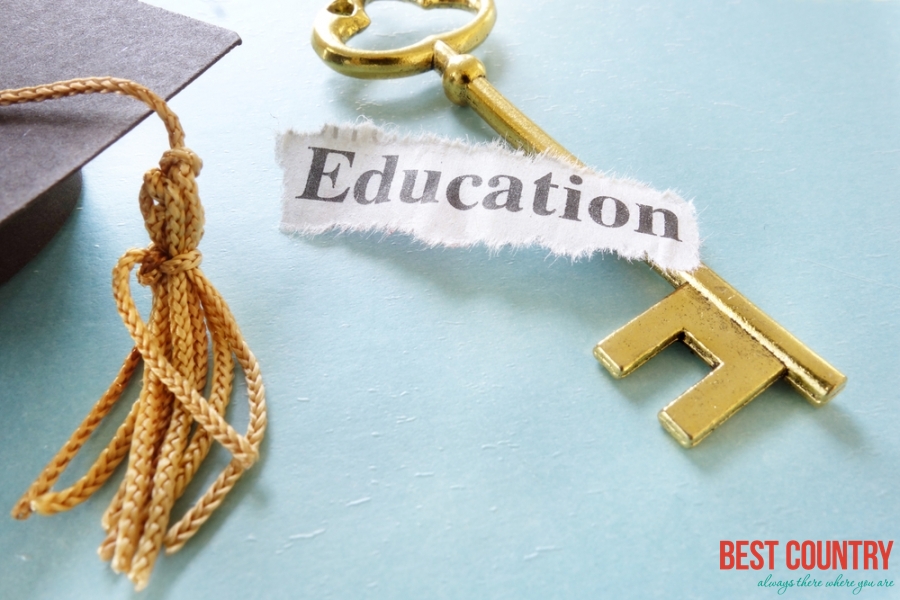Education in the different countries
Educational system in Slovenia
The Slovene school system has seen a number of changes in recent years, aiming to raise awareness of educational rights and thereby achieve a higher educational level.
Education in Slovakia
The primary and secondary schools system consists of primary schools, primary schools with kindergarten, apprenticeship training institutes, secondary vocational institutes, secondary high schools, secondary vocational schools and special schools. They may be state, private or church schools but they all provide education of equal standard.
The Education System in Serbia
The Republic of Serbia has instituted its Ministry of Education to attend to the educational needs of the country.
The Education System in San Marino
San Marino, with a population of only 30,000 and a per capita income of $46,900, providing a basic service like education for free to its citizens would be a natural precedent.
The Romanian Educational System
The Romanian educational system strives to provide its citizens with the knowledge they need to succeed when they embark on their careers, whether in Romania or abroad. The structure of the education system is set up to teach skills and knowledge on many different levels and to challenge those enrolled in Romanian schools.
Education in the Maldives
Traditionally children aged three and up in the Maldives were educated in Islamic "Makthab" classes, generally using a single large room or the shelter of tree.
Education in Portugal
Portugal Education has always been a major concern of the Portuguese society. Education had been introduced in the country even before its independence in the 12th century.
Education system in Poland
Polish children begin the education in the primary school (szkoła podstawowa) when they reach the age of six or seven years. They attend there until they are twelve years old. Next they attend the lower secondary school (gimnazjum) for three years. Lowe secondary school is obligatory for every child, there aren't any enterance exams. The exam at sixth class of the primary school (which is the last class at this stage of education) is a kind of inside exam.
Education in Comoros
The scenario of Comoros education has been improving as the government has been taking up initiatives in order to develop the condition of education in Comoros.
Education System in French Polynesia
The French Polynesian school education system is similar to that of France, not only because the medium of instruction is French, and it is compulsory there through to age 16 too. Children begin at primary school as young as age 5, and remain there for 6 years.
Education in Tuvalu
Education in Tuvalu is free and compulsory between the ages of 6 and 15 years. Each island has a primary school. Motufoua Secondary School is located on Vaitupu.Students board at the school during the school term, returning to their home islands each school vacation. Fetuvalu High School, a day school operated by the Church of Tuvalu, is on Funafuti.
Education in Tonga
Education in Tonga is compulsory for children through the end of high school.In 1995, the gross primary enrollment rate was 122.2 percent, and the net primary enrollment rate was 95.3 percent.
Education in Jamaica
Formal education in Jamaica starts at the tender age of 2 years old! Impressive, isn’t it? The foundation of our education system lies within early childhood with what we call Basic or Infant School.
Education System of Malaysia
Education is the responsibility of the Government and it is committed to providing a sound education to all.
